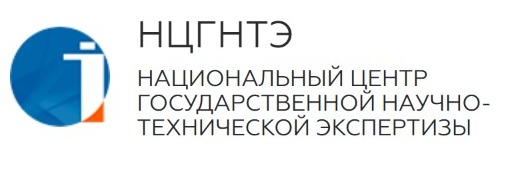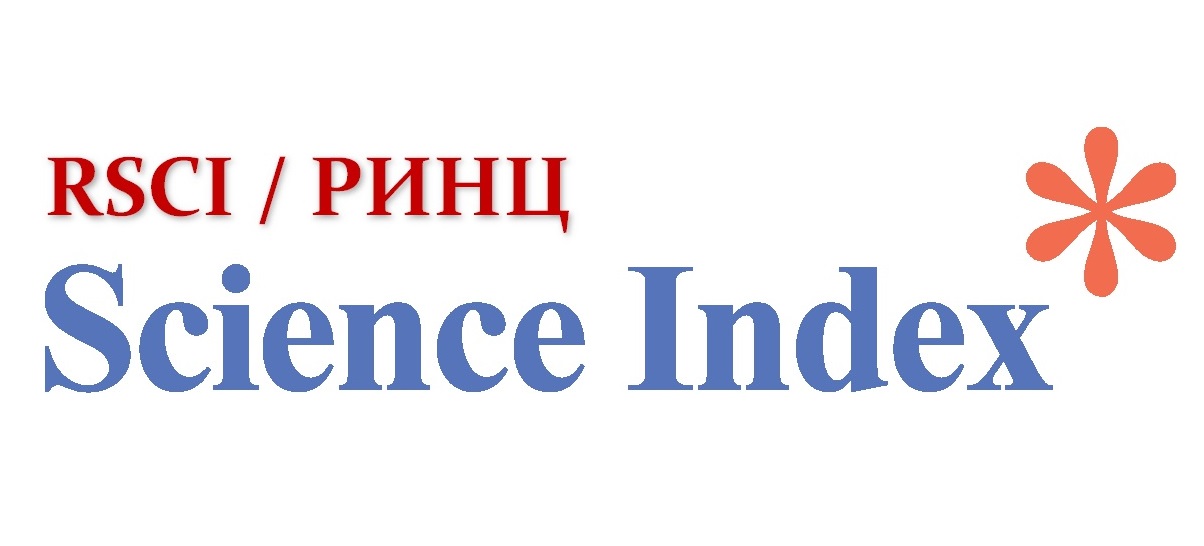Graduate Mobility vs. Regional Return: Labor Migration Patterns in Kazakhstan
Views: 161 / PDF downloads: 131
DOI:
https://doi.org/10.32523/2789-4320-2025-1-84-100Keywords:
public administration, educational migration, regional disparities, graduate mobility, return migration, internal brain drain, quality of lifeAbstract
Abstract
The article examines the reasons why some graduates aged 20–23 return to their native regions, while others remain in major cities such as Astana and Almaty to pursue career opportunities. The study analyzes the impact of internal brain drain on megacities and regional development, drawing on the concepts of push and pull factors and Rational Choice Theory.
Methodology:
A mixed-method approach is applied, combining both qualitative and quantitative methods. The research includes an analysis of state policies, regulations, and strategic development programs, as well as a statistical review of current official data. The study also incorporates surveys and in-depth interviews with students and graduates in Astana and Almaty.
Originality / Value of the Research:
This study integrates new data on regional graduate return dynamics, offering a fresh perspective on the influence of economic and non-economic factors on their decision-making processes. It provides deeper insights into the relationship between educational migration and regional economic development.
Results:
Our research has shown that economic conditions play a decisive role in graduates' choice of residence. Key influencing factors include the prestige of universities, the availability of educational grants, and career growth opportunities. The study contributes to the academic discussion on internal migration and its socio-economic implications.
Downloads
Downloads
Published
How to Cite
Issue
Section
License
Copyright (c) 2025 Л. Арынова, З. Имярова

This work is licensed under a Creative Commons Attribution-NonCommercial 4.0 International License.






